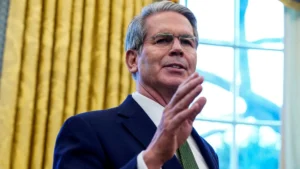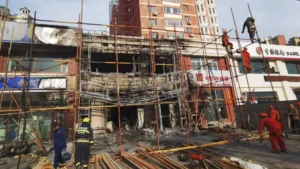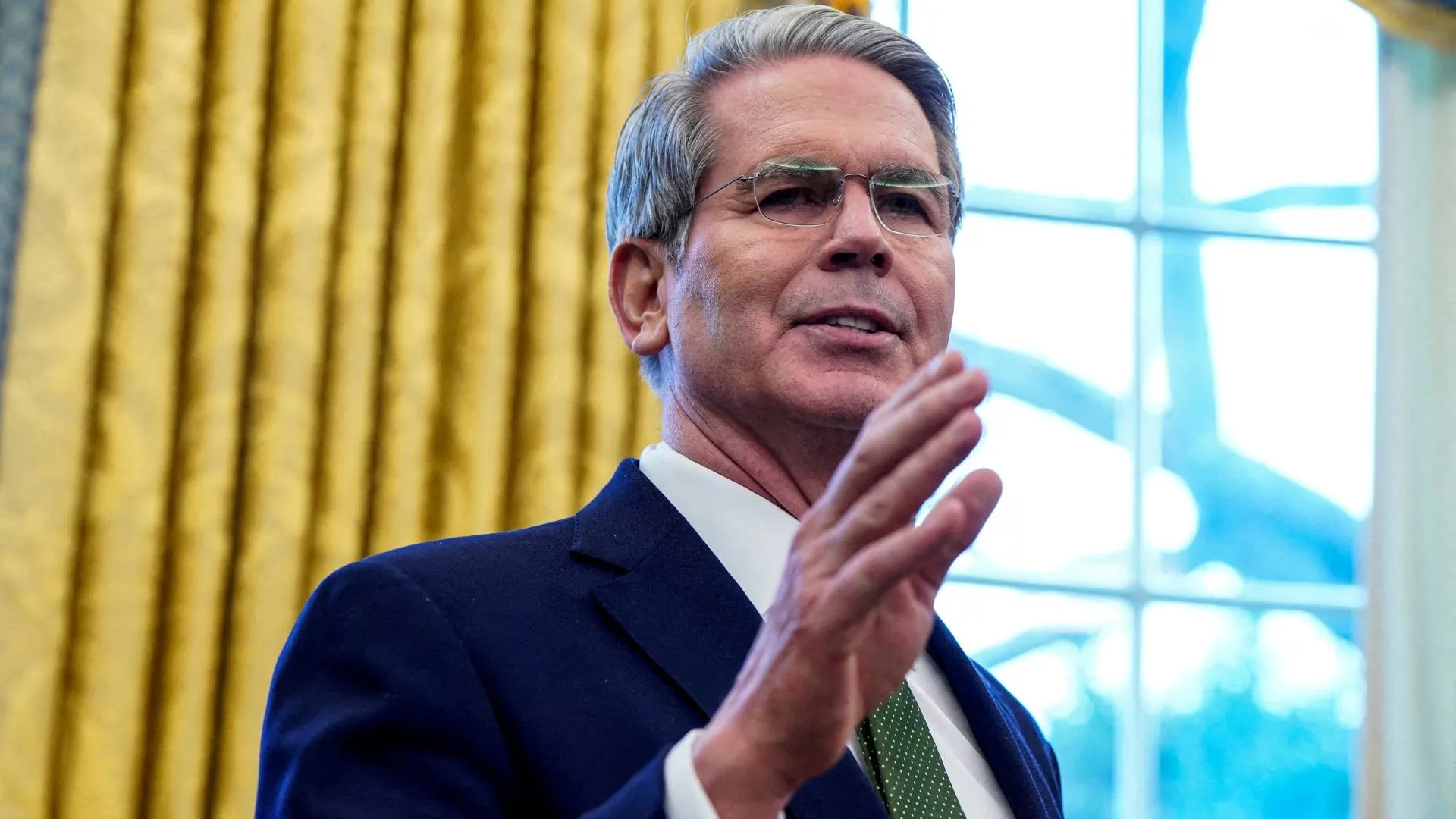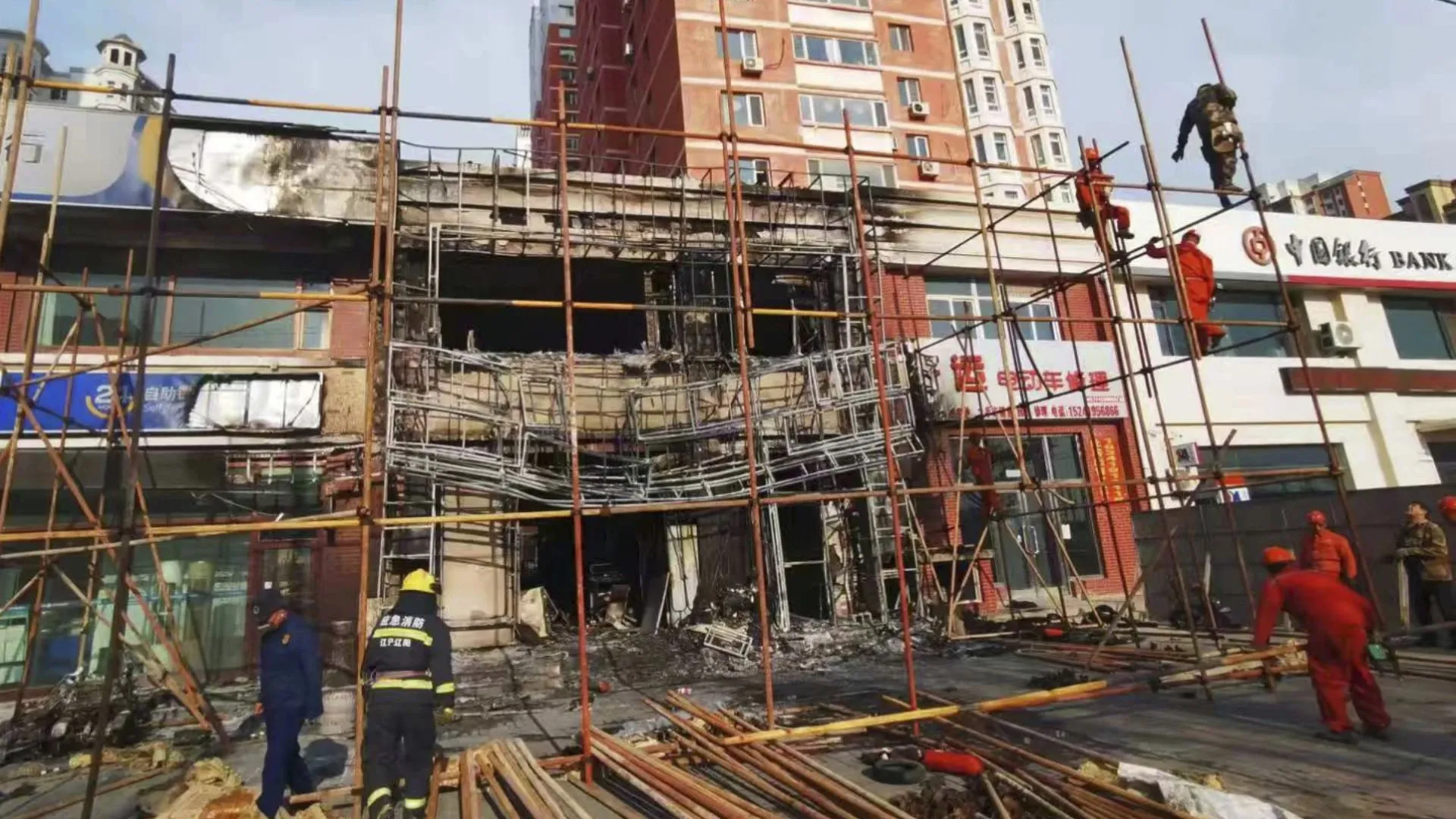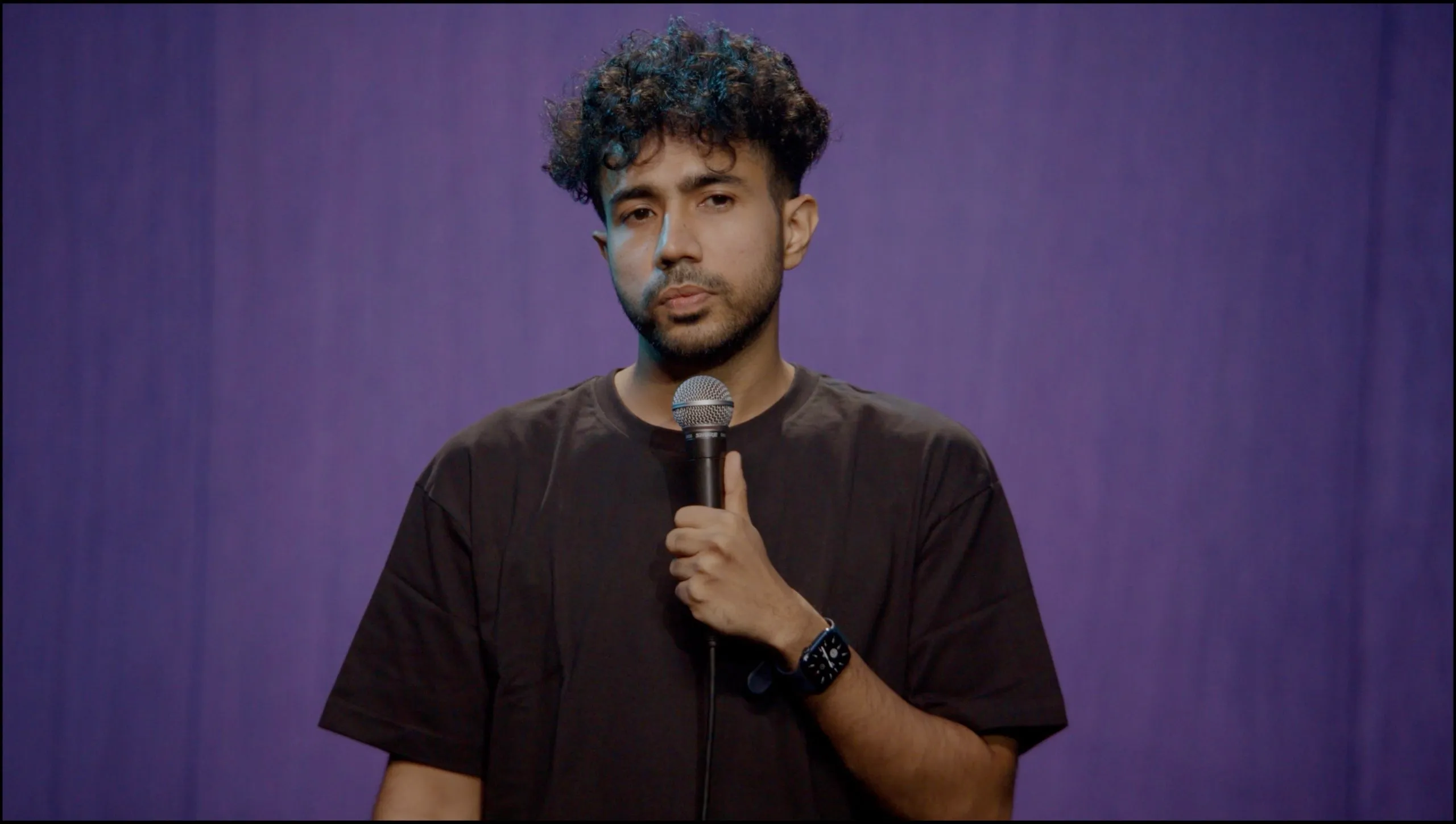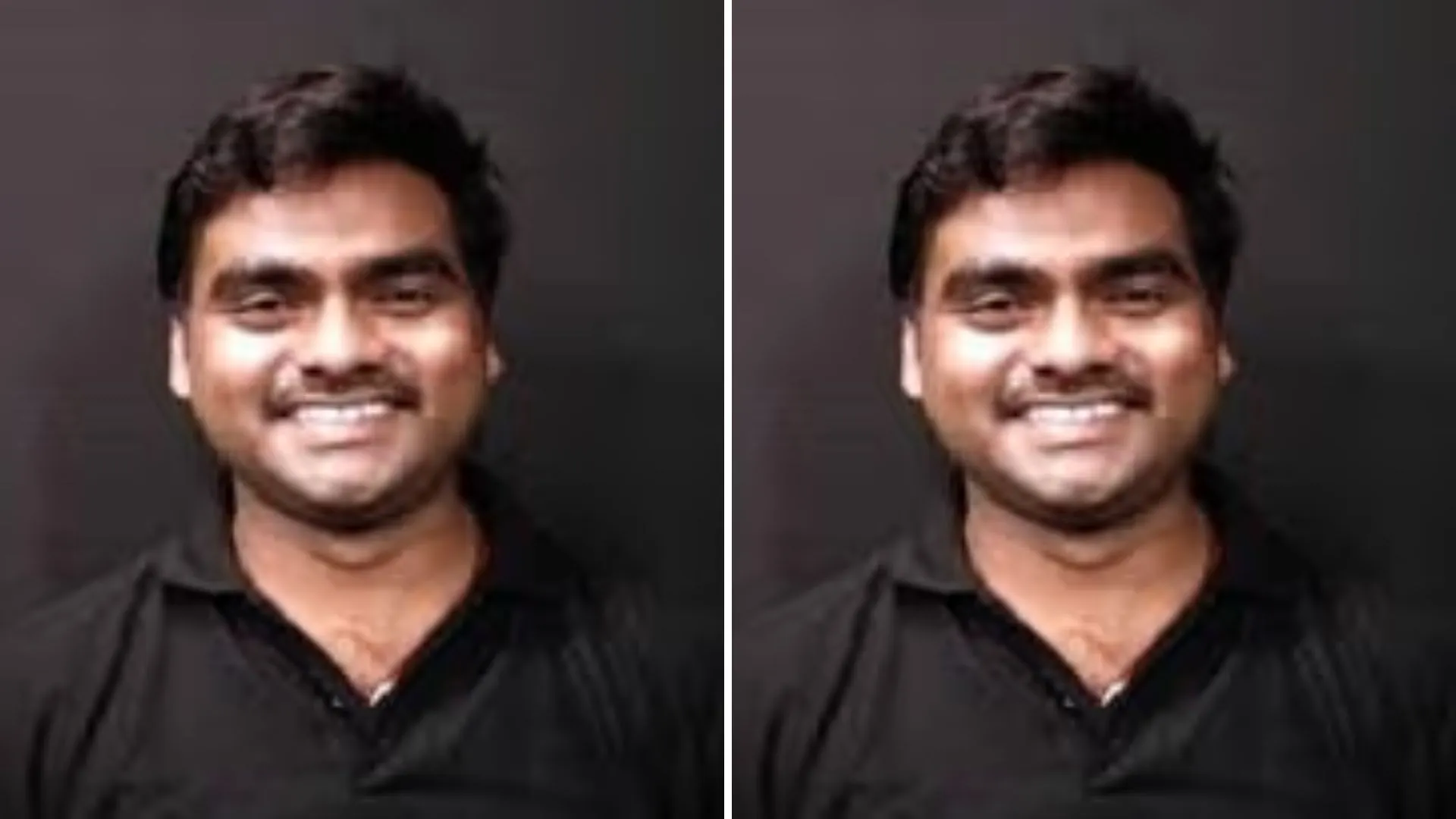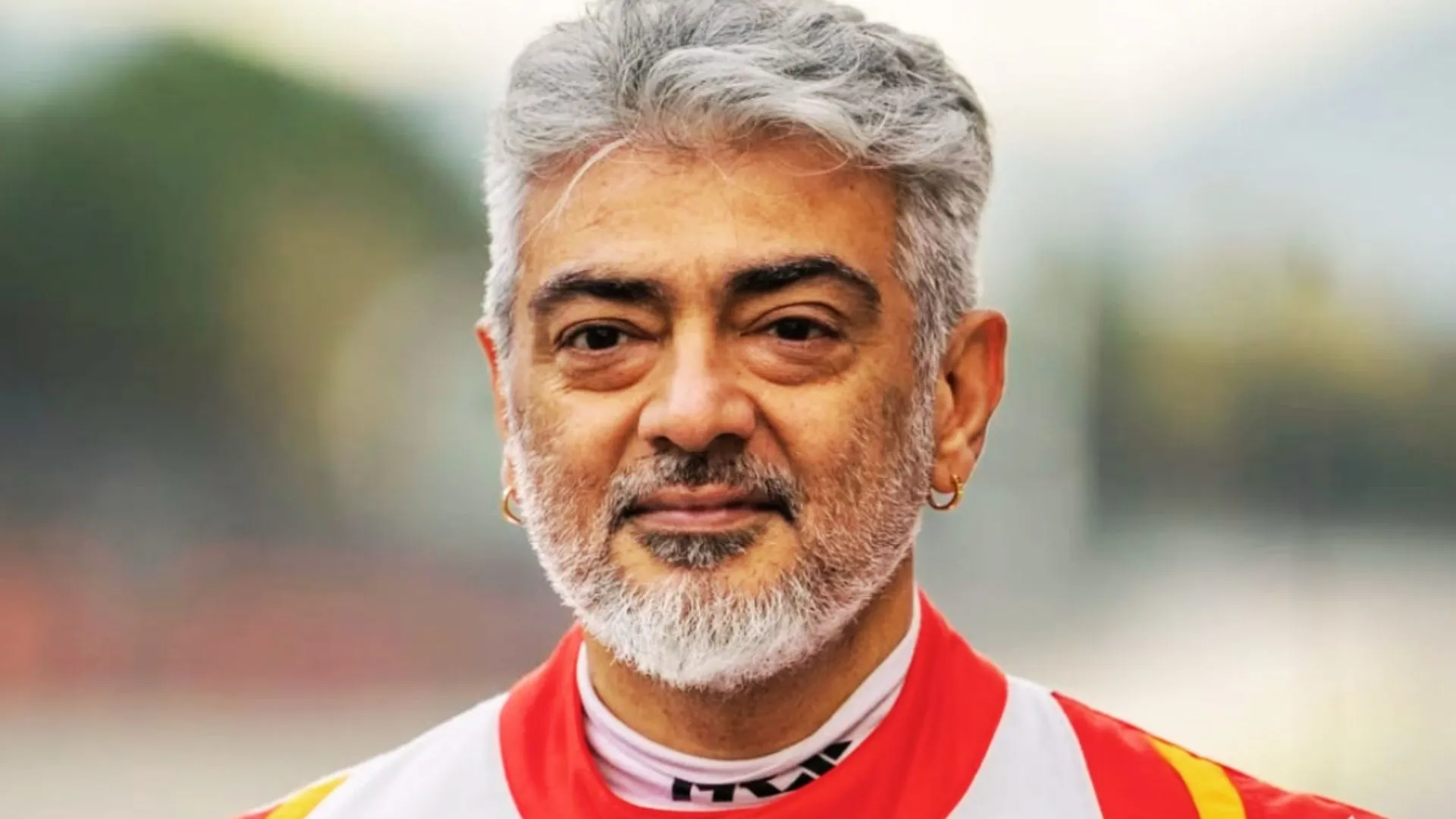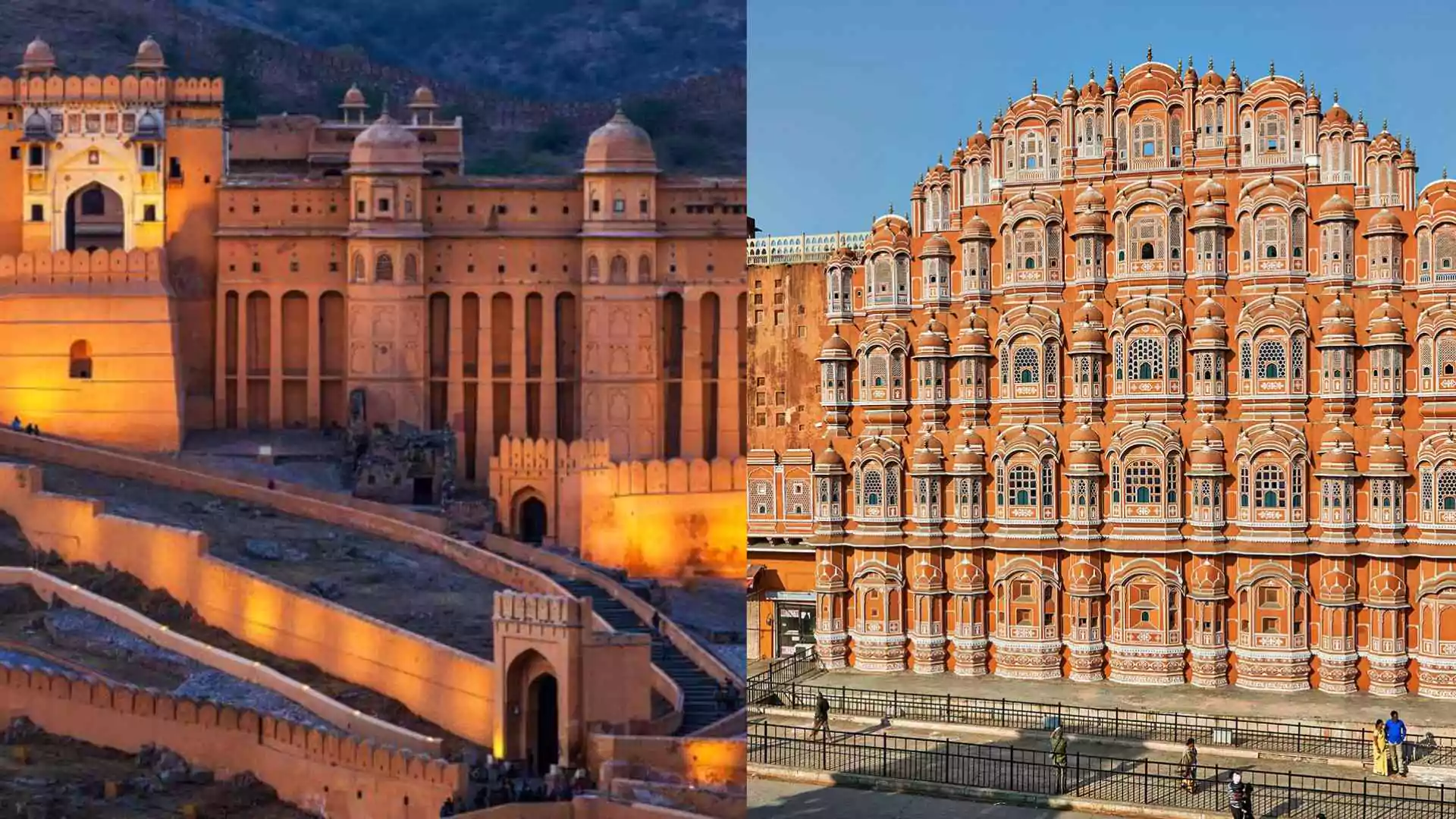As India gears up for Narendra Modi’s swearing-in as the Prime Minister of India for a historic third consecutive term, the event presents the citizens of the nation with the opportunity to reflect on the oath taking ceremony that takes place during the swearing in and the evolution of the oath of office over the decades since India gained its freedom from the British rule in 1947. This ceremonial pledge which has been an integral part of India’s Prime Ministerial traditions serves as the binding commitment that upholds the Constituion of the Nation and serve the country with integrity. While the oath taking ceremony has been the main highlight of the process of an individual swearing in for the office, it is imperative to understand if the oath is still the same as it was when it was taken for the first time or has this oath, that is taken by every Prime Minister since Jawaharlal Nehru, evolved over the period of time.
The Original Oath: Nehru’s Era
The first Prime Minister of India, Jawaharlal Nehru, was the first to take his oath of office on August 15, 1947, post the years-long struggle for independence as the nation awoke to freedom. The oath which was administered by the last Viceroy and first Governor-General of independent India, Lord Mountbatten, was simple yet profound. It presented, to the world, the aspirations of a newly independent India that was embarking on a democratic journey.
The previous oath of office that was taken by Prime Minister Nehru in 1947 incorporated the Prime Minister’s allegiance to the foundation of the country that is the Constitution of India and a promise to uphold the integrity of the nation and to discharge the Prime Ministerial duties with utmost sincerity. It promises to do right by the citizens of the nation without any kind of discrimination.
The Oath of Office:
“I, Jawaharlal Nehru, do swear in the name of God/solemnly affirm that I will bear true faith and allegiance to the Constitution of India as by law established, that I will uphold the sovereignty and integrity of India, that I will faithfully and conscientiously discharge my duties as Prime Minister for the Union, and that I will do right to all manner of people in accordance with the Constitution and the law, without fear or favour, affection or ill-will.”
The Oath of Secrecy: “I, Jawaharlal Nehru, do swear in the name of God/solemnly affirm that I will not directly or indirectly communicate or reveal to any person or persons any matter which shall be brought under my consideration or shall become known to me as Prime Minister for the Union except as may be required for the due discharge of my duties as such Minister.”
Insight into all the previous oaths
While the oath of office remained largely similar to the original one taken by Jawaharlal Nehru in 1947, however, the oath taken by Lal Bahadur Shastri in his brief but significant tenure carried a new context that aimed to steer the nation through challenging times post-Nehru. The emphasis was on maintaining continuity and stability, reflecting the immediate need for strong leadership in the wake of Nehru’s passing.
Indira Gandhi’s oath’s language across her multiple tenures in office remained unchanged; however, its implications grew increasingly significant against the backdrop of the Emergency which had occure from the year 1975 to 1977. During her return in 1980, the oath symbolized resilience and a return to democratic processes after the Emergency period.
The first non-Congress Prime Minister, Morarji Desai’s oath in 1977 symbolized a renewal of democratic norms and a commitment to restoring the constitutional integrity that was perceived to have been undermined during the Emergency.
in the government that was formed under Rajiv Gandhi in 1984, his oath symbolized a promise of modernity and youthfulness. While the text remained consistent with the original oath, but the expectations and hopes associated with his oath were focused on technological advancement and progressive policies.
V.P. Singh’s oath in 1989 carried the weight of promises to address corruption and implement the Mandal Commission’s recommendations. His oath brought abut a change in the socio-political implications which were profound and indicated a shift towards inclusive governance.
P.V. Narasimha Rao’s oath in 1991 came at a time of economic crisis. The oath was symbolised both, continuity as well as change, as it heralded the start of economic reforms that would fundamentally alter India’s economic landscape.
Atal Bihari Vajpayee’s multiple oaths reflected different political contexts. However, the consistency of the oath’s text underscored the continuity of democratic principles amidst changing political dynamics. His tenure highlighted the stability and adaptability of the democratic process in India.
Manmohan Singh’s oath in 2004, while unchanged in terms of the text, it symbolized the first tenure of a Prime Minister from a minority community, emphasizing India’s secular fabric.
Lastly, Narendra Modi’s oath in 2014 and again in 2019 marked a significant political shift with the rise of a strong, single-party majority after decades of coalition governments. His oath was notable for the emphasis on development, good governance, and a decisive mandate. While the text of the oath remained unchanged, the context underscored a new era of assertive leadership and nationalistic fervour.
This delineates that while the vision of each Prime Minister may be different from the previous one. However, the oath and its text remained largely unchanged across the decades of prime ministerial shifts in the office.
Modifications and Consistency Over the Years
The oath has remained largely consistent over the years with the components of allegiance to the constitution, commitment to uphold the integrity and sovereignty of the nation, and the pledge to discharge duties without fear or favour and to do right by the people without any kind of discrimination at its core. The language of components highlights the continuity of democratic values. However, subtle changes and additions have been in the oath of office in order to reflect the evolving political and legal framework of India and to make it more inclusive.
Key Modifications Include:
- Gender-Inclusive Language: There have been efforts made to ensure that the oath is gender-inclusive and reflective of a broader societal commitment to equality.
- Affirmation Option: Initially, the oath was primarily religious, with the phrase “swear in the name of God.” However, in the contemporary scenario, a more secular alternative has been chosen, which is-“solemnly affirm.” This has since been incorporated to accommodate the diverse beliefs that coexist in the country.
- Detailed Roles and Responsibilities: As the role of the Prime Minister expanded over the years post-independence, additional responsibilities, particularly in relation to maintaining national security and addressing the looming issue of corruption, have been implicitly emphasized through various speeches and policies introduced during the oath-taking ceremonies.
Example of a Contemporary Oath:
“I, Narendra Modi, do swear in the name of God/solemnly affirm that I will bear true faith and allegiance to the Constitution of India as by law established, that I will uphold the sovereignty and integrity of India, that I will faithfully and conscientiously discharge my duties as Prime Minister for the Union, and that I will do right to all manner of people in accordance with the Constitution and the law, without fear or favour, affection or ill-will.”
Symbolic and Procedural Continuity
While the textual content of the oath has seen minor modifications, the symbolic and procedural aspects of the pledge have remained remarkably the same. The swearing-in ceremony takes place at Rashtrapati Bhavan which is the official residence of the President of India, and is attended by several prominent faces that include political leaders, dignitaries, representatives from various sectors along with the global representatives for various other countries, for instance, Prime Minister’s Swearing-in Ceremony which is slated to take place on June 9 at 7:15 pm In the Rashtrapati Bhavan is going to be attended by the President of Maldives and Sri Lanka, the Vice-President of Seychelles as well as the Prime Ministers of Bhutan, Bangladesh, Mauritius and Nepal.
The ceremonial aspects, such as the presence of the President administering the oath and the inclusion of the national anthem, have remained unchanged. These elements serve to reinforce the solemnity and importance of the occasion, connecting each new administration to the very foundation of India’s democracy.
The consistency in the oath presses on the importance of the enduring principles of Indian democracy. It reflects that even though each Prime Minister brings their own unique vision and leadership style to take the country forward and towards development and betterment, they still have to pledge to uphold the same fundamental values that have guided the nation since its independence. This continuity ensures stability and fosters trust in the political system.
The minor changes, such as the inclusion of gender-neutral language and the option to affirm rather than swear by God, reflect a responsive and inclusive approach to governance, accommodating the diverse beliefs and values of India’s population. The oath of office for the Prime Minister of India, while rooted in historical tradition, has evolved to reflect the changing societal and political landscape. However, its core principles have remained steadfast, symbolizing the enduring commitment to democratic governance. As Narendra Modi takes his third oath of office, it stands as a testament to both continuity and the capacity for change within India’s democratic framework.
Oaths of Office for World Leaders
India
In India, the Prime Minister takes a solemn oath to uphold the nation’s Constitution and its principles. The oath is as follows: “I, [name], do swear in the name of God/solemnly affirm that I will bear true faith and allegiance to the Constitution of India as by law established, that I will uphold the sovereignty and integrity of India, that I will faithfully and conscientiously discharge my duties as Prime Minister for the Union and that I will do right to all manner of people in accordance with the Constitution and the law, without fear or favor, affection or ill-will.”
United Kingdom
Unlike India, the Prime Minister of the United Kingdom does not take a formal oath of office. The Prime Minister is appointed by the monarch and is expected to uphold the constitution and fulfil the duties associated with the office without a specific swearing-in ceremony.
United States
The President of the United States takes a formal oath to ensure dedication to the nation’s Constitution. The oath states: “I do solemnly swear (or affirm) that I will faithfully execute the Office of President of the United States, and will to the best of my Ability, preserve, protect and defend the Constitution of the United States.”
Germany
The Chancellor of Germany pledges their commitment through the following oath: “I swear that I will dedicate my efforts to the well-being of the German people, promote their welfare, protect them from harm, uphold and defend the Basic Law and the laws of the Federation, perform my duties conscientiously, and do justice to all. So help me God.”
Japan
The Prime Minister of Japan takes an oath that emphasizes their responsibility to the Constitution and the well-being of the people: “I, [name], do solemnly swear that I will faithfully execute the duties of the Prime Minister of Japan and will do my utmost to fulfill my responsibility to protect the Constitution of Japan and the people’s well-being. So help me God.”
Russia
In Russia, the President swears an oath that highlights their dedication to the nation’s sovereignty and the rights of its citizens: “I swear in exercising the powers of the President of the Russian Federation to respect and protect the rights and freedoms of man and citizen, to observe and protect the Constitution of the Russian Federation, to protect the sovereignty and independence, security and integrity of the State, to faithfully serve the people.”
This evolution in the oath and its incorporation of more inclusive components underscores a balance between tradition and modernity that ensures that the ceremony remains relevant and reflective of the values and aspirations of contemporary India.
ALSO READ: VWhy Does Prime Minister of India Take Oath of Office and Secrecy?



